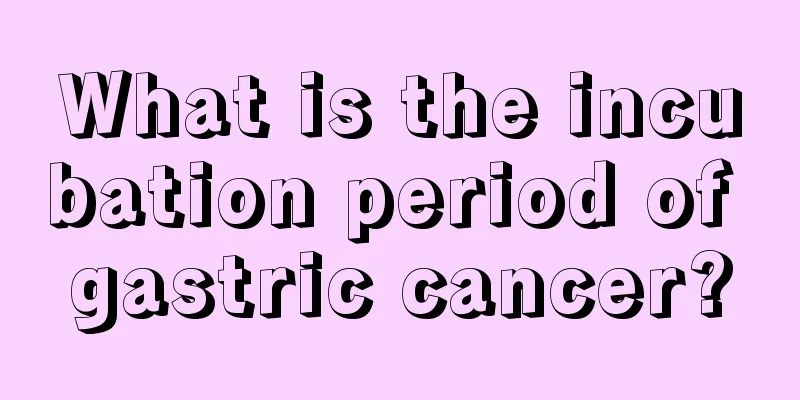Sequelae of right temporal lobe hemorrhage

|
Intracerebral hemorrhage is an extremely serious disease, and many people nowadays may suffer from diseases such as high blood pressure due to problems with their lifestyle habits. These diseases are likely to lead to intracranial hemorrhage. If intracranial hemorrhage is not treated promptly, the mortality rate is very high. Even after receiving treatment, the patient may still have a series of sequelae. It can be differentiated from the following two diseases: (1) Cerebral infarction: It is usually more common in the elderly and has an acute onset, but not as sudden as cerebral hemorrhage. It is often preceded by a TIA (transient ischemic attack), and the onset is often after sleep or during rest. There may be no significant increase in blood pressure at the onset of the disease. Symptoms often gradually worsen over a few hours or a longer period of time. The patient is conscious, but focal neurological deficits such as hemiplegia and aphasia are more obvious. It may not be accompanied by symptoms of meningeal irritation such as headache and vomiting. Emergency head CT scan shows no high-density hemorrhage (2) Subarachnoid hemorrhage. Most patients are young or middle-aged people. Most of them have congenital aneurysms and vascular malformations. The onset is sudden, with severe headache accompanied by nausea and vomiting, and stiff neck. Most patients do not have aphasia, hemiplegia or other focal neurological deficits, but may have no history of hypertension. High-density shadows can be seen in the subarachnoid space on head CT scans, and the cerebrospinal fluid is bloody. Treatment principles: (1) Control cerebral edema and reduce intracranial pressure: Intracranial pressure-reducing drugs (such as mannitol, etc.) can be given. Short-term use of adrenal cortex hormones during the acute phase can help reduce cerebral edema, but it has adverse effects on hypertension, atherosclerosis, and ulcer disease, so it should not be used for a long time and should be used with caution. (2) Control hypertension: If you have hypertension, take antihypertensive drugs promptly to control it and gradually reduce it to the original level before cerebral hemorrhage or around 20/12kpa. Do not reduce blood pressure too quickly or too low. People with low diastolic blood pressure and high pulse pressure should not use antihypertensive drugs. (3) Prevent stress ulcers. (4) Prevention of secondary infection: Turn the patient over every 2-3 hours to prevent bedsores. For those who are restless, sedatives can be given, but barbiturates should be avoided to prevent respiratory depression. (5) Nutrition, water, electrolytes and acid-base balance: If no stress ulcer occurs, the patient can eat or receive nasogastric feeding on the second day of onset to supplement energy, water and electrolytes. The electrolytes and acid-base balance should be monitored and supplemented and adjusted in time. |
<<: What will happen if you drink alcohol after losing cephalosporin
>>: What happens if you drink liquor on an empty stomach
Recommend
What's the matter with vomiting and complaining
Some people often feel unwell. These people are i...
B-ultrasound examination showed effusion
Some women always feel that their lower abdomen i...
Can color Doppler ultrasound screen for uterine cancer? Prevention of uterine cancer should start from these points
Today, cancer is becoming the most dangerous kill...
What should you pay attention to in your daily life with renal hamartoma
Although renal hamartoma disease is not very seri...
Symptoms and rehabilitation movements of knee soft tissue injuries
With the revival of public health awareness, many...
Why is the number of small round epithelial cells high?
Epithelial cells are small round cells that make ...
What is the cause of the rash after moxibustion?
Moxibustion is an important treatment method in t...
Yawning constantly
I believe everyone has discovered such a rule in ...
The fastest and most effective way to make your breasts smaller
Female friends all hope to have a devilish figure...
Gout is caused by these reasons
Most people know that gout is the culprit of join...
What are anal glands? The function of anal glands
Nowadays, many families have started to keep dogs...
Effective folk remedies for treating thyroid cancer
Effective folk prescriptions for treating thyroid...
Basketball breakthrough skills
Basketball is the favorite of many boys. When pla...
Is the cure rate of osteosarcoma high?
At present, many patients' families still bel...
How to effectively prevent testicular cancer metastasis and recurrence
Testicular cancer is a common disease in men, whi...









